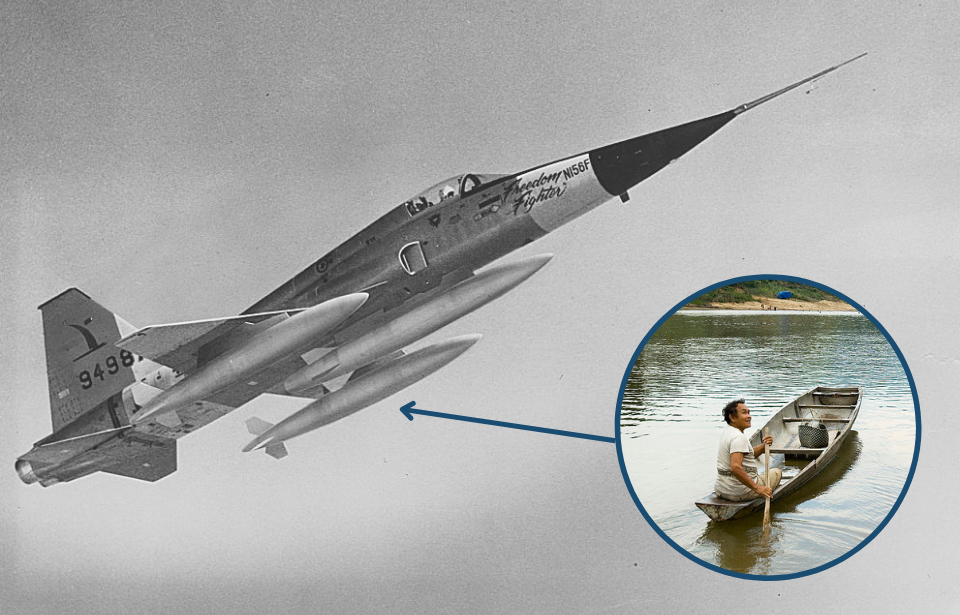Since the end of the Vietnam War, Vietnamese civilians have been making the most of US military waste. Reduce, reuse, recycle has taken on a whole new meaning, thanks to enterprising farmers who’ve transformed old jettisoned external fuel tanks into canoes.
Reduce, reuse, recycle
In aviation, jettisoning is a method of expelling external items and fuel in case of an emergency. Specifically, external fuel stores that significantly extended the range of fighter jets – but hindered speed and maneuverability – were jettisoned once the fuel had been used, and even during combat.
Throughout the Vietnam War, thousands of external fuel tanks were dropped along the countryside. For many farmers in rural Vietnam, they were a literal gift from the heavens.
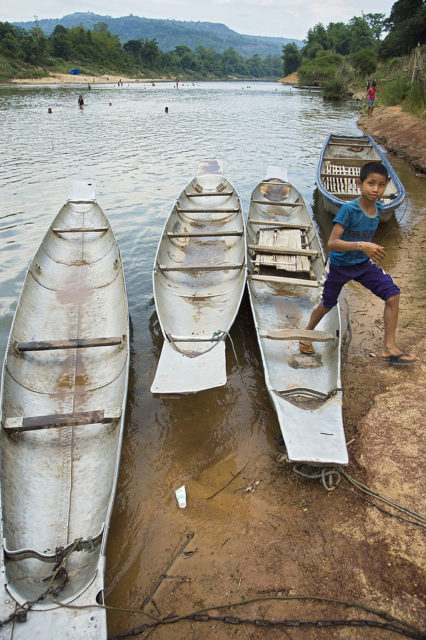
The tanks were manufactured in a clamshell style, with two halves put together to create a hollow tank. These halves snapped together and were secured by a belt, and the farmers who stumbled upon them realized they could just as easily take them apart.
The light metal the tanks were made from made them perfect waterproof river boats. Nearly 50 years after the war, many of these improvised vessels remain fully functional, providing a vital form of transportation along the river systems that travel across the remote regions of the country.
Development of the drop tank
The external tanks, also known as drop tanks, were first developed and implemented during the Spanish Civil War. During World War II, the German Luftwaffe began to develop 300-liter external fuel tanks made of light alloy for the Junkers Ju 87R.
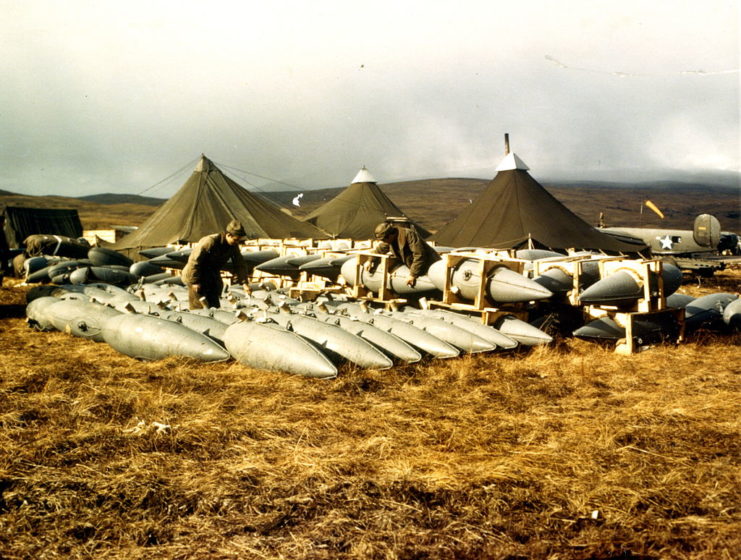
The Allies and Royal Air Force (RAF) began to develop their own drop tanks, which were used to extend the range of fighter patrols and long-range medium bombers. Many early critics believed the long-range escort fighters used to protect precious heavy bomber fleets could be easily convinced to drop their external fuel tanks at the beginning of a raid, creating competition for resources between the long-range medium bombers.
These critics were proven wrong when it was realized that Operation Vengeance, which downed Japanese Adm. Isoroku Yamamoto‘s aircraft, wouldn’t have been successful without the additional 450 extra gallons of fuel supplied by the drop tanks equipped to several Lockheed P-38 Lightning fighters.
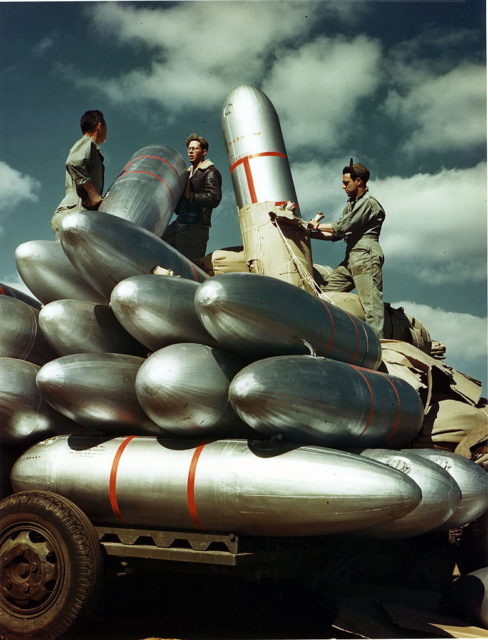
Toward the end of the war, metal shortages threatened Allied success. Drop tanks, which weren’t considered an essential use of metal, were redesigned to be fabricated from specialized glue and kraft paper that were not just waterproof, but tolerant to the heat and cold.
The “papier-mâché” tanks could only be used once, but were extremely effective while also saving vital metal resources. Funny enough, they were painted a bright silver color, whereas the metal tanks were a dull grey, and were light enough for just one person to carry when empty.
Drop tanks became improvised bombs
American fighter pilots took their use of drop tanks to a whole new level. It was rare, but some Republic P-47 Thunderbolt pilots creatively switched their fuel source from external to internal tanks while flying low over the enemy. They would jettison the drop tanks still filled with fuel, then quickly swoop back around and aim right at the rapidly descending tank.
Once hit with ammunition, the fuel would ignite and rupture the metal tanks like a bomb.
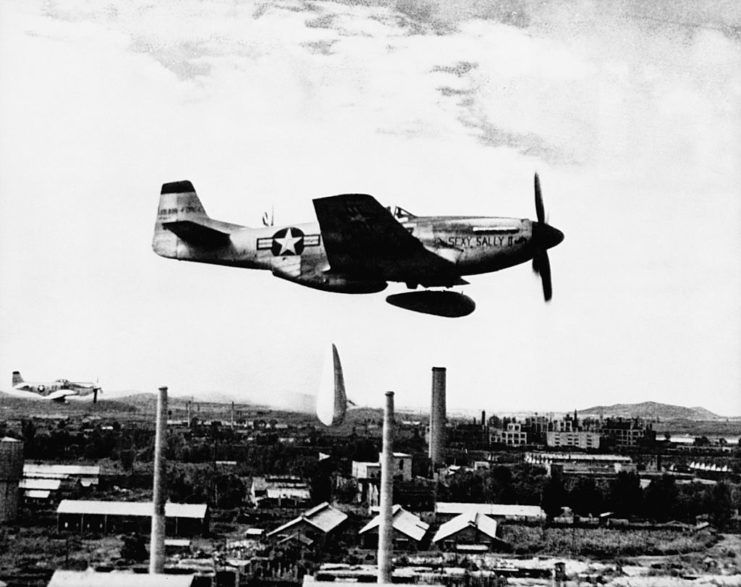
Other methods of improvised fuel tank bombs included adding ingredients to create what was essentially a napalm bomb that would explode upon impact. This method, which was heavily used during the Korean War, worked on both metal and “papier-mâché” drop tanks, while the “drop and shoot” technique was only effective with metal tanks.
More from us: The A-6 Intruder was the US Military’s Aircraft of Choice During the Vietnam War
Ultimately, fuel tanks made for the purpose of single-use energy found new lives in a variety of ways, in times of peace and war. What was originally a symbol of ingenuity became violent with the introduction of improvised napalm bombs, and the tanks are now helping to heal communities devastated by the Vietnam War, thanks to local resourcefulness.
